Going back in time at Sakae Town
Being a local, wearing traditional clothes and eating local cuisine are some of the experiences that rank relatively high on many travelers' list of things to do. Kimono and yukata rentals have popped up in popular tourist locations - like in Kyoto and Asakusa in Tokyo - in recent years and have been well received by both international and domestic visitors. As a tourist, some of the things I look out for when visiting a new place are the variety of sights and the abovementioned experiences available as well as the ease of accessibility, and Sakae Town in Narita checks all of those boxes.
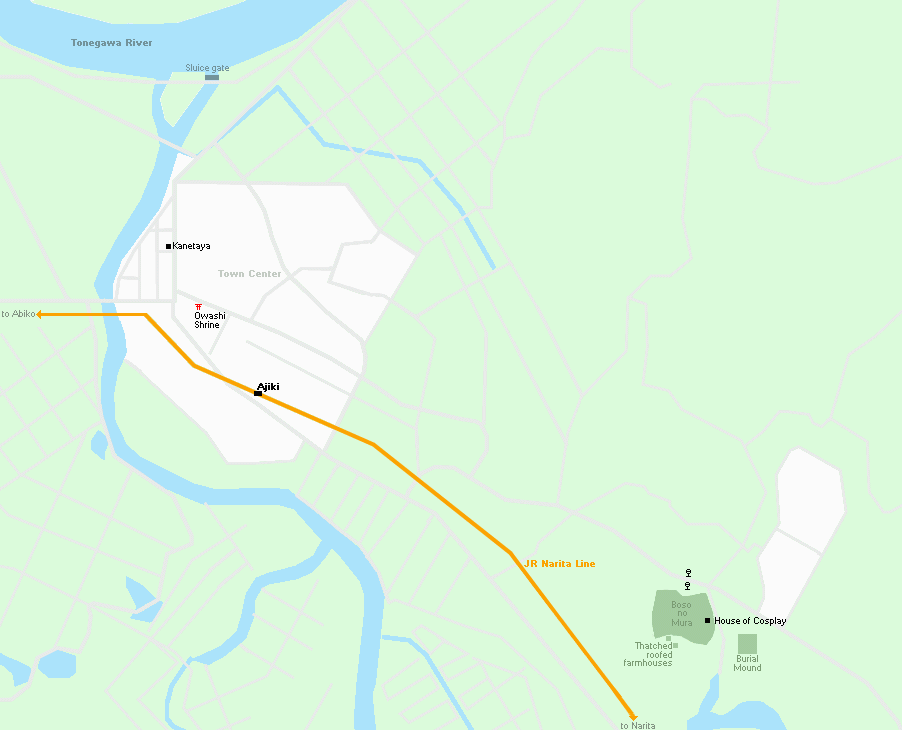
Located between Tokyo and Narita Airport, Sakae Town makes for a perfect half day or one day trip from either places, and a great town to visit if you have sometime before a late flight. Unknown to many, this quiet town has been the location setting for a number of music videos and period dramas thanks to its quaint surroundings and historical buildings. I visited the small town to check out what there was to do and left feeling satisfied and content after spending a day in Sakae.
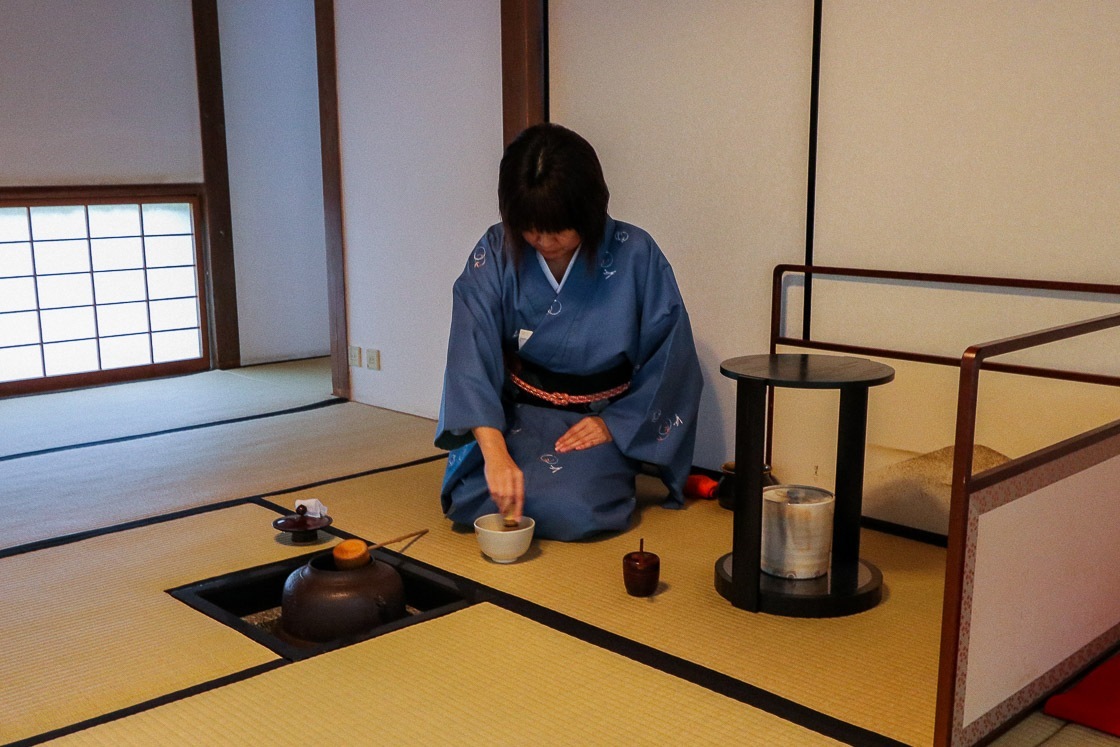
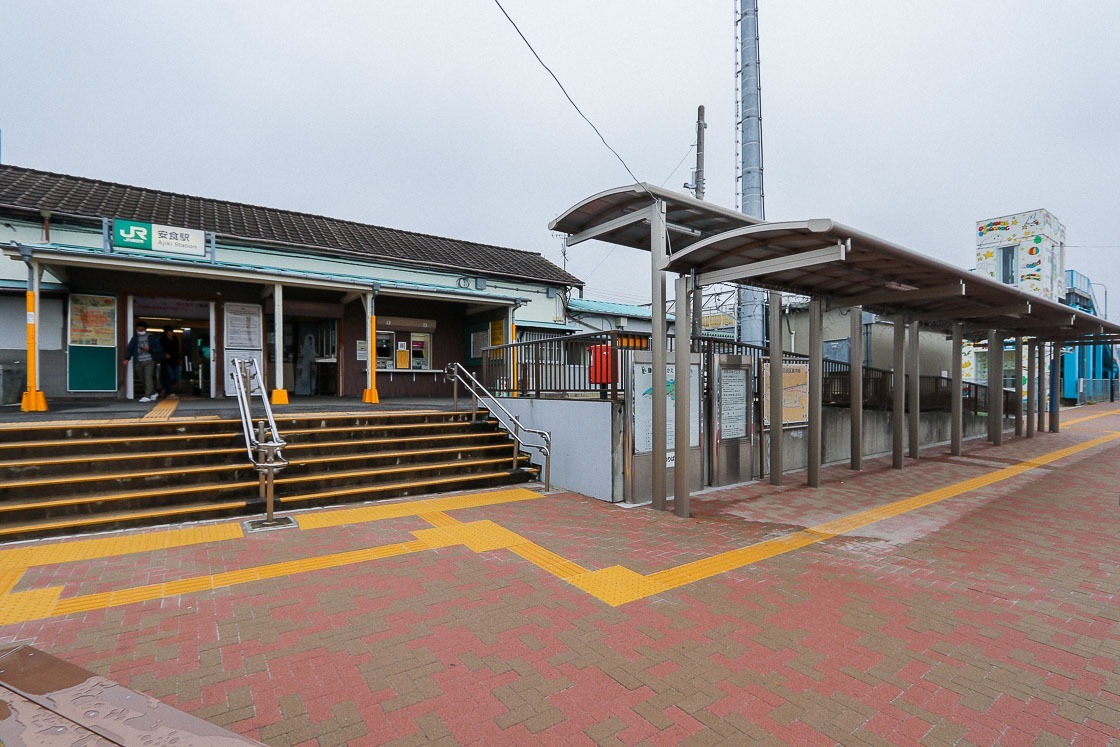
I started my day at Ajiki Station, the main station serving Sakae Town. From there, I got on the local bus and got off at Boso no Mura, an Edo Period themed village with reconstructed buildings. There, I visited the House of Cosplay, a cosplay rental shop which is adjacent to Boso no Mura.
As its name suggests, the House of Cosplay is where visitors can rent costumes to wear in and around the vicinity of Boso no Mura. Visitors can choose from traditional outfits like yukata in the summer and kimono during the rest of the year, as well as fun outfits like ninja and samurai ones. There are costumes for kids too which makes this fun for the entire family.
I picked my outfit, haikara-san or hakama girl as is called at the House of Cosplay. Harakara is a term used to refer to fashionable western-style influenced outfits in the Meiji Period. In my case, my outfit was a fashionable kimono with a slightly stiff outer skirt (hakama) typically worn by female university students back in the day. A staff dressed me, and I was really impressed that the kimono outfits were the real deal and not the easy to wear versions with ready made belt decorations. Putting my outfit on took about 15 to 20 minutes, but outfits like ninja ones take much less time as they require less work to put on.
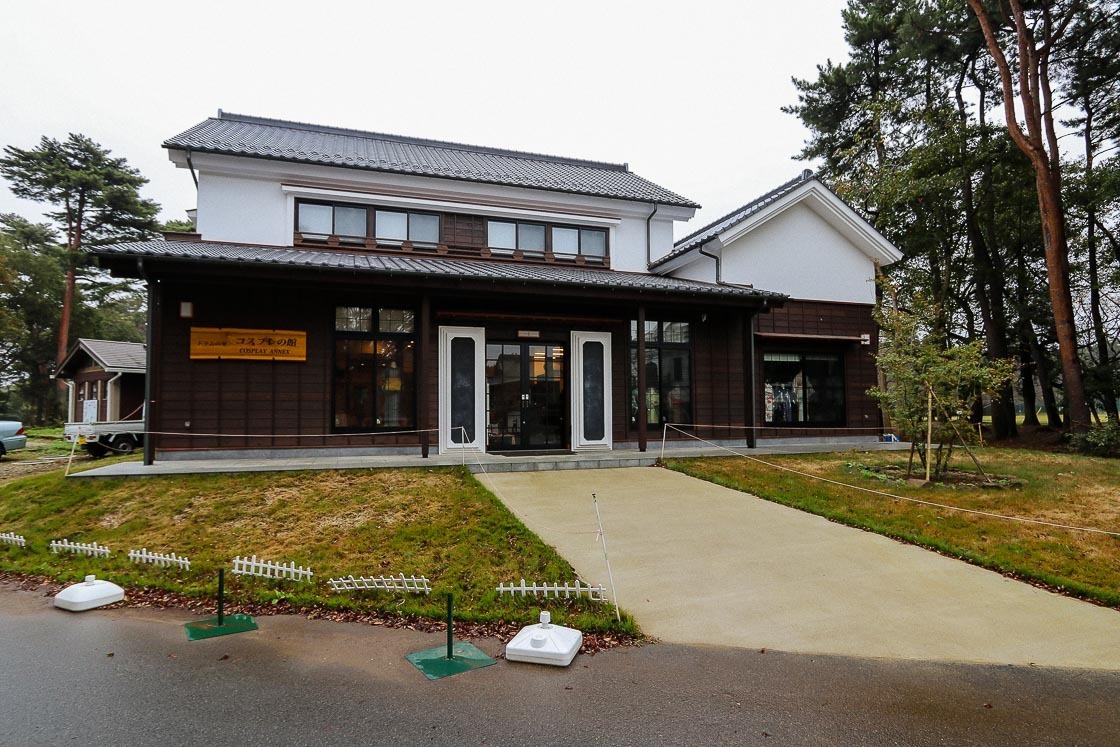

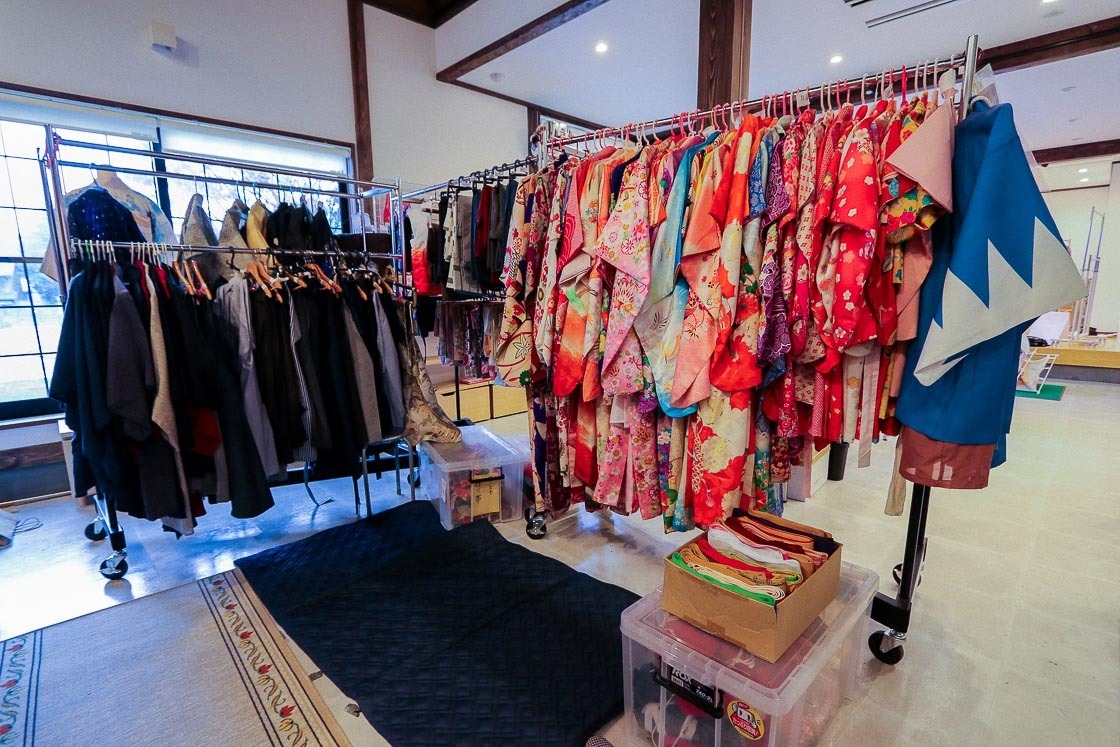

With my outfit change completed, I headed into Boso no Mura. There are lots of activities to particpate inside for an additional fee, and some do not require advance reservations. The best way is to check at the ticket counter which has an overview of the available experiences and make your choices and reservations there. I decided to take my chances and just walked around to see what caught my eye. I ended up trying two things: making a tatami coaster as well as joining a tea ceremony experience.
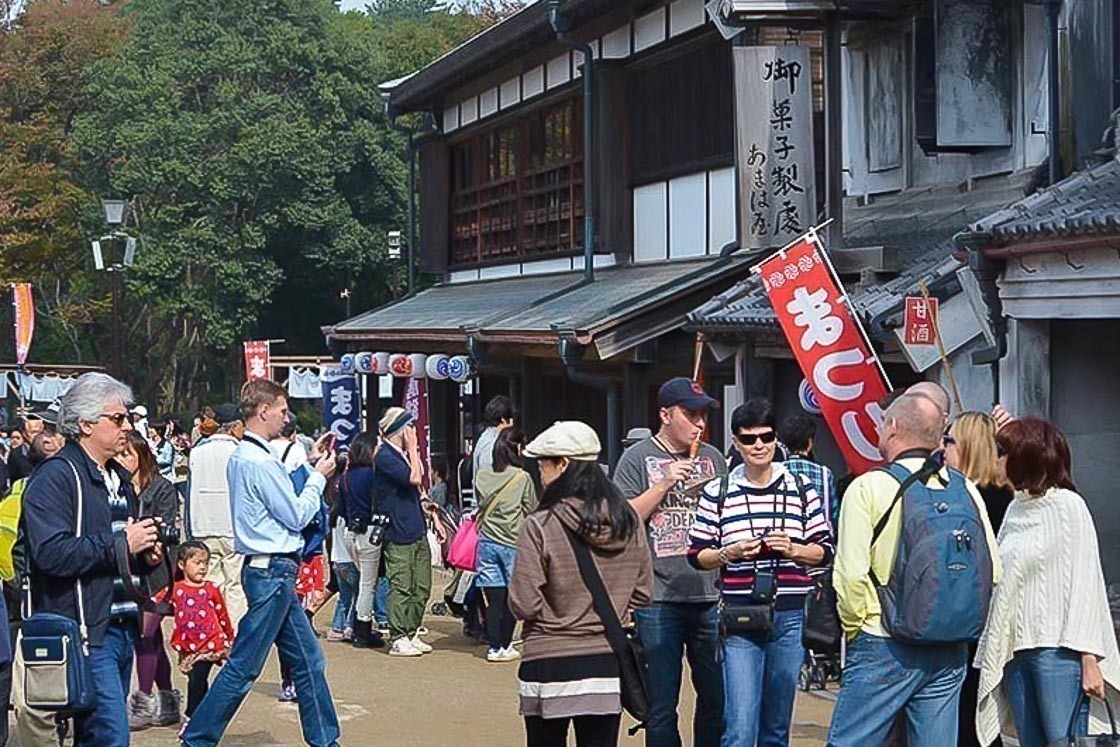
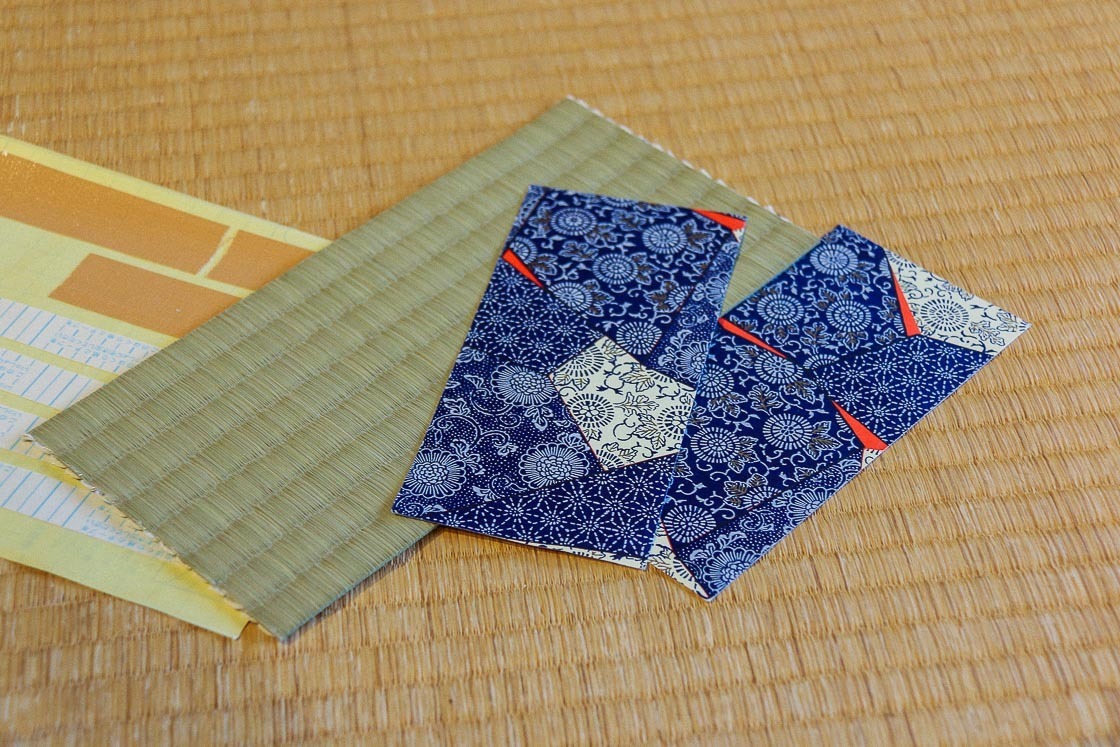
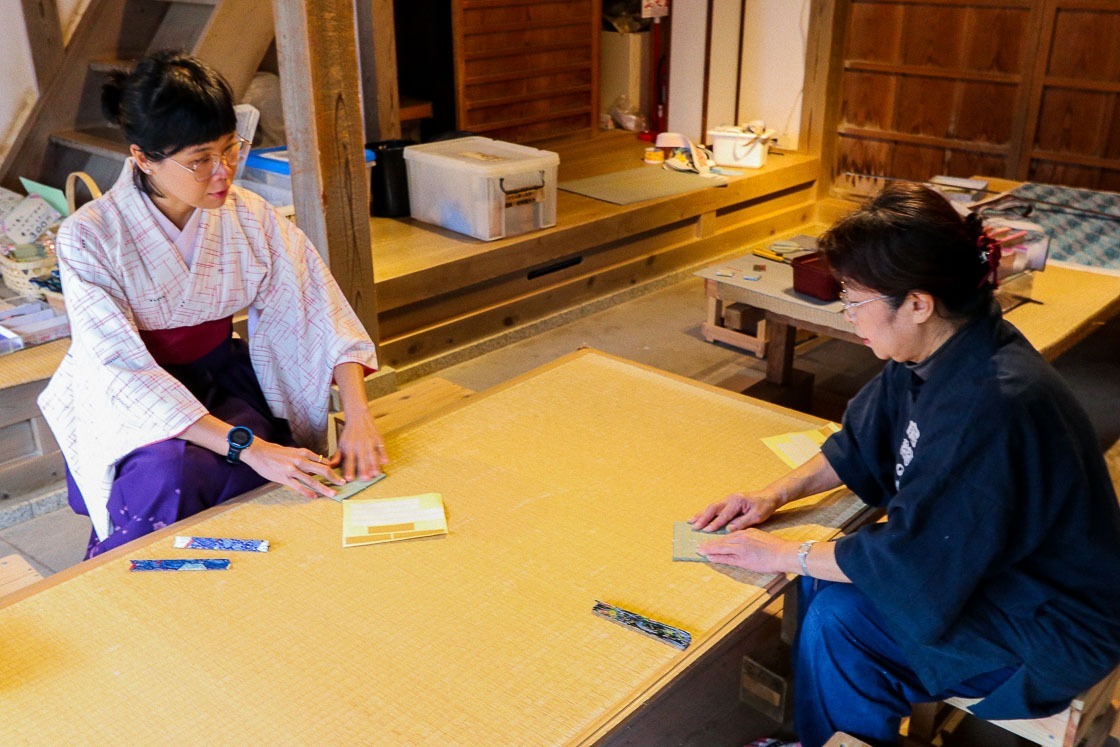
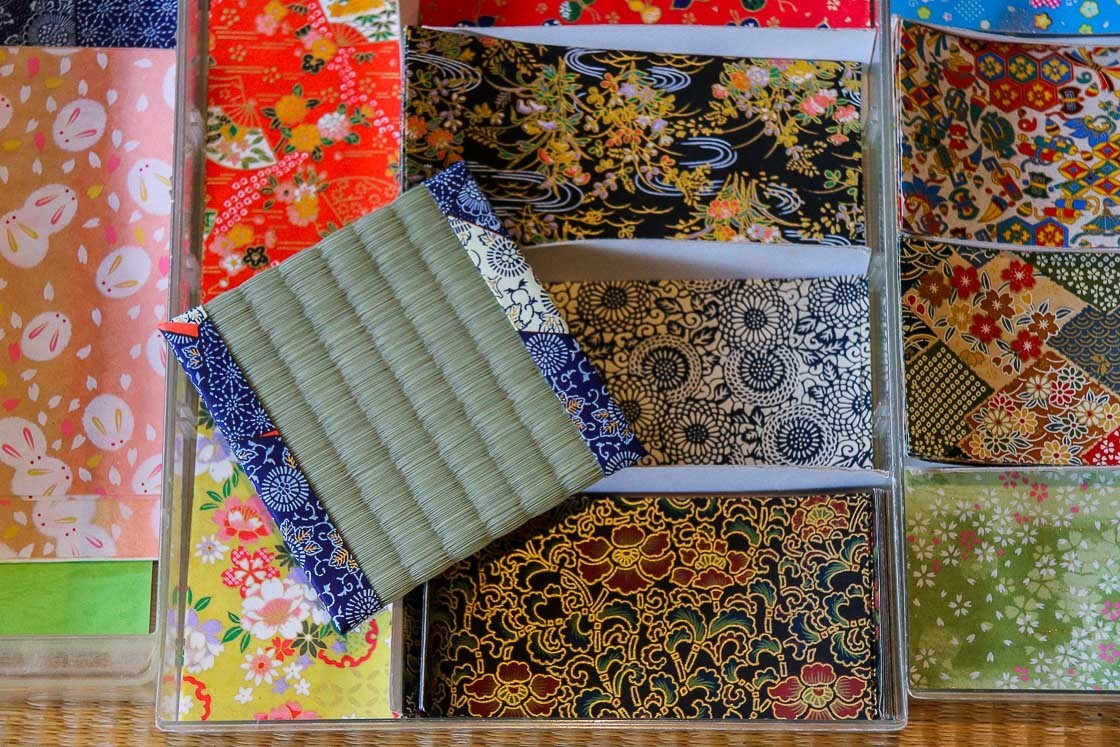
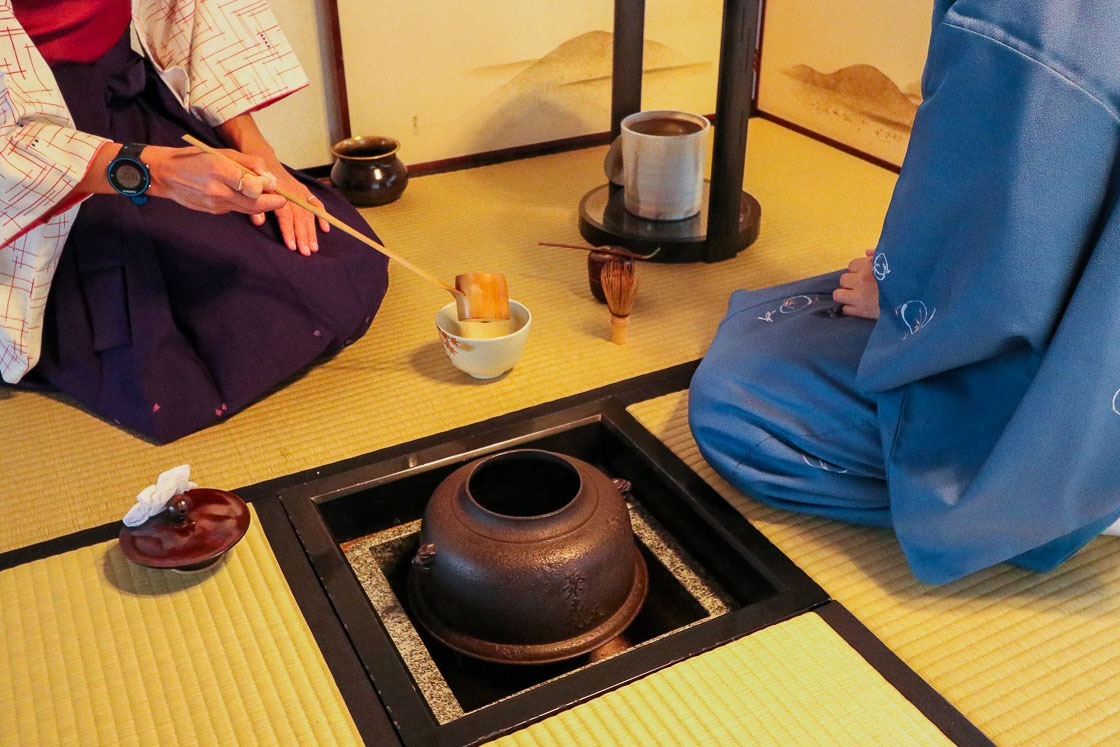
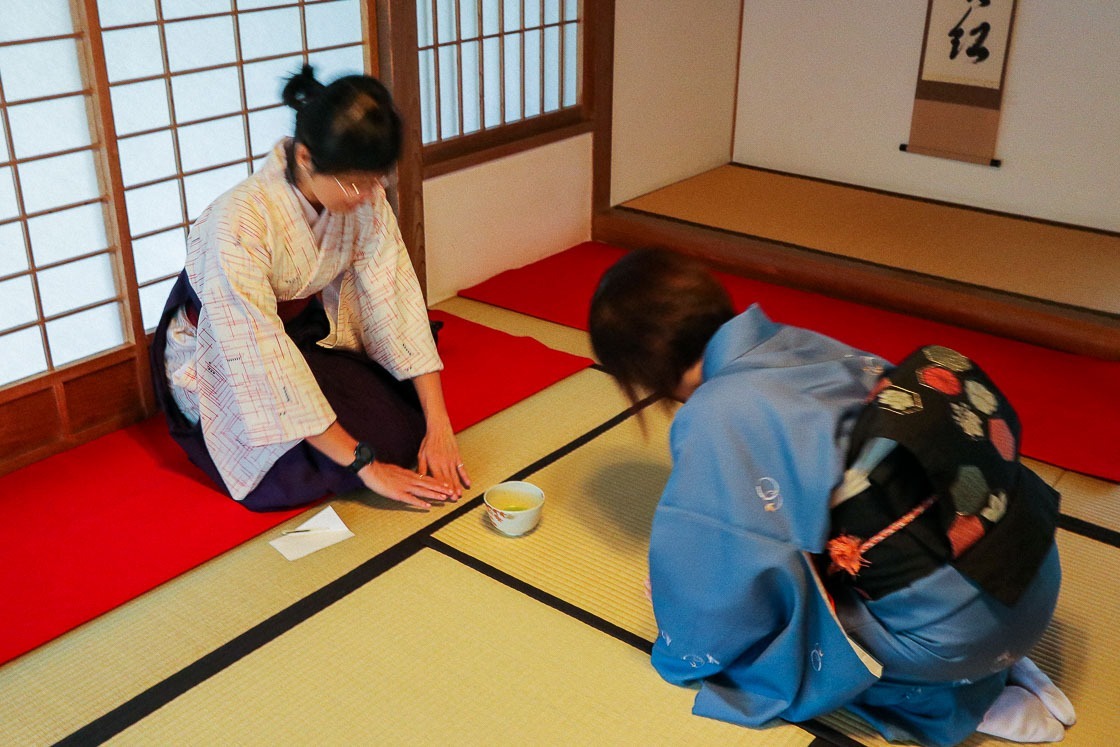
Boso no Mura is relatively large, and walking around leisurely while taking in the sights and participating in some activicites would easily take up two to three hours. I also took the opportunity to visit the roadside station beside the House of Cosplay as well as a couple of nearby cultural properties as well.
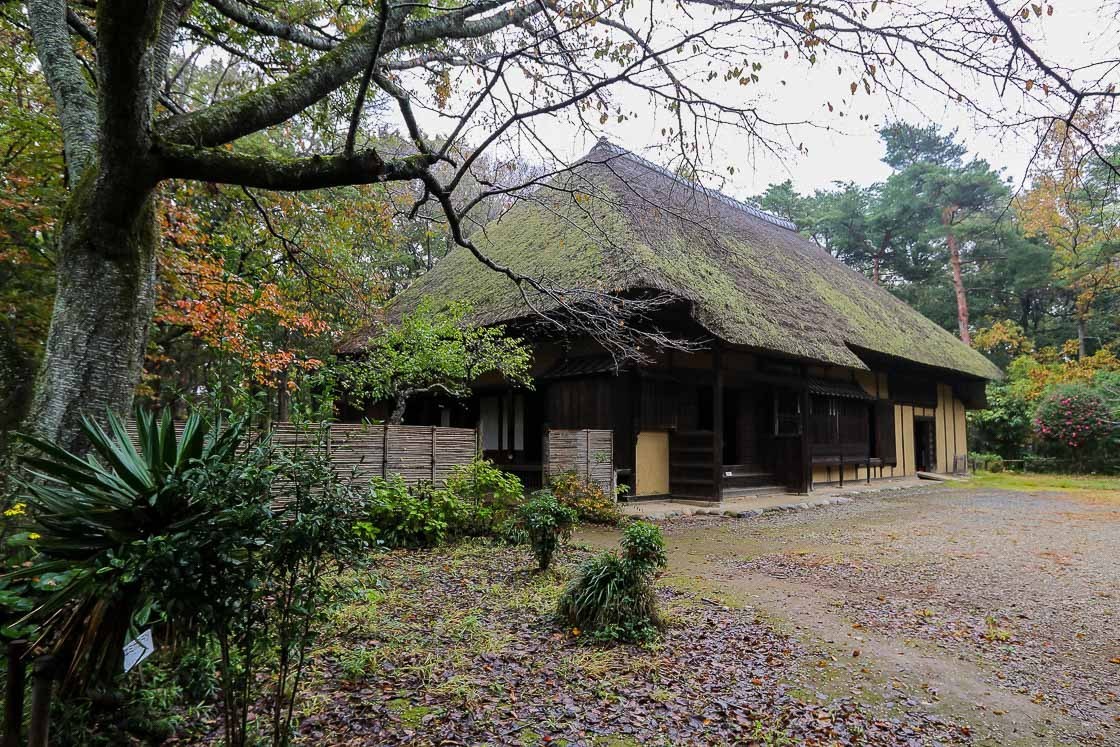
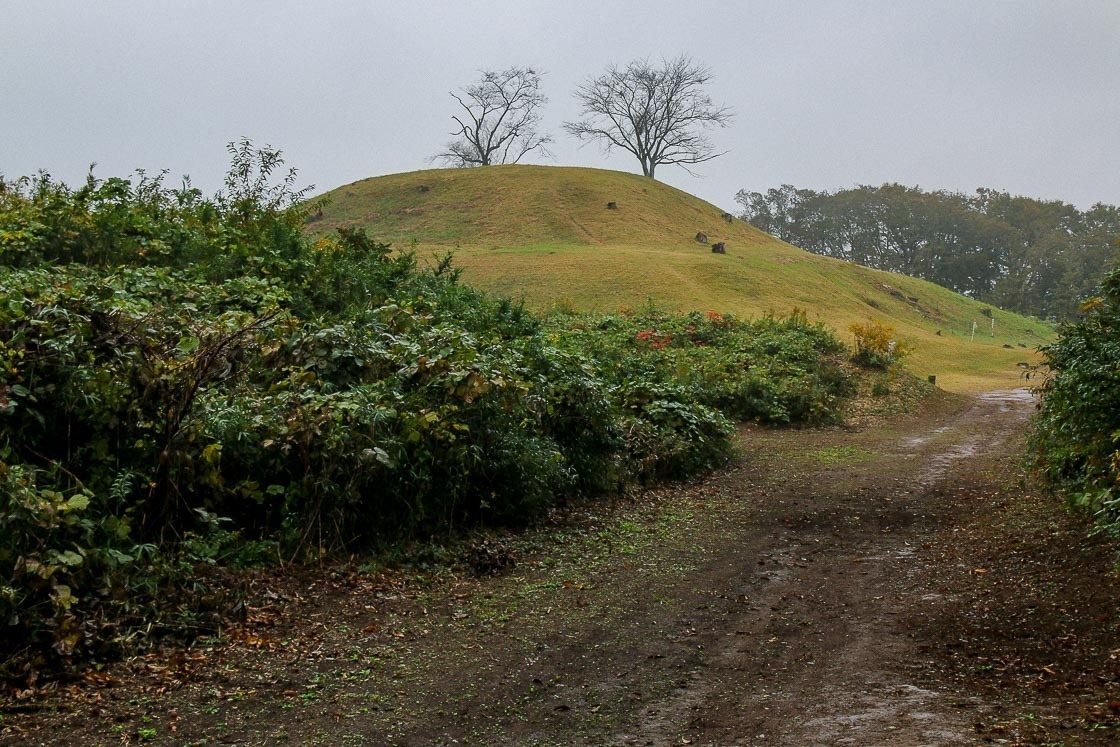
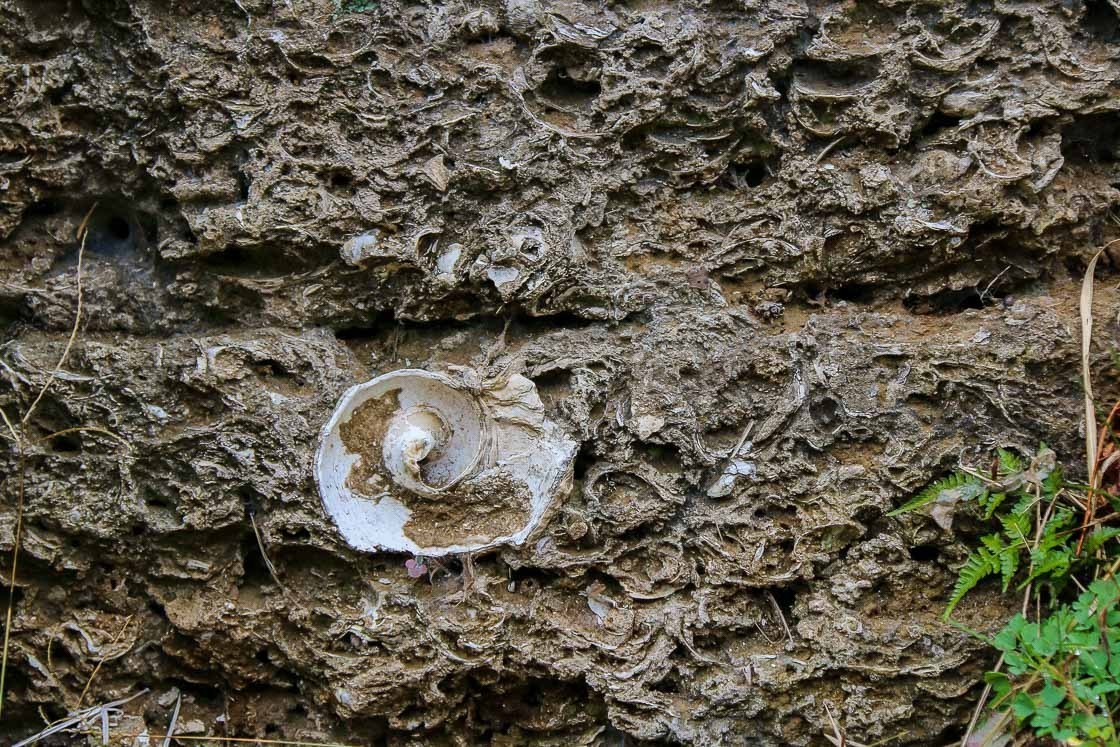
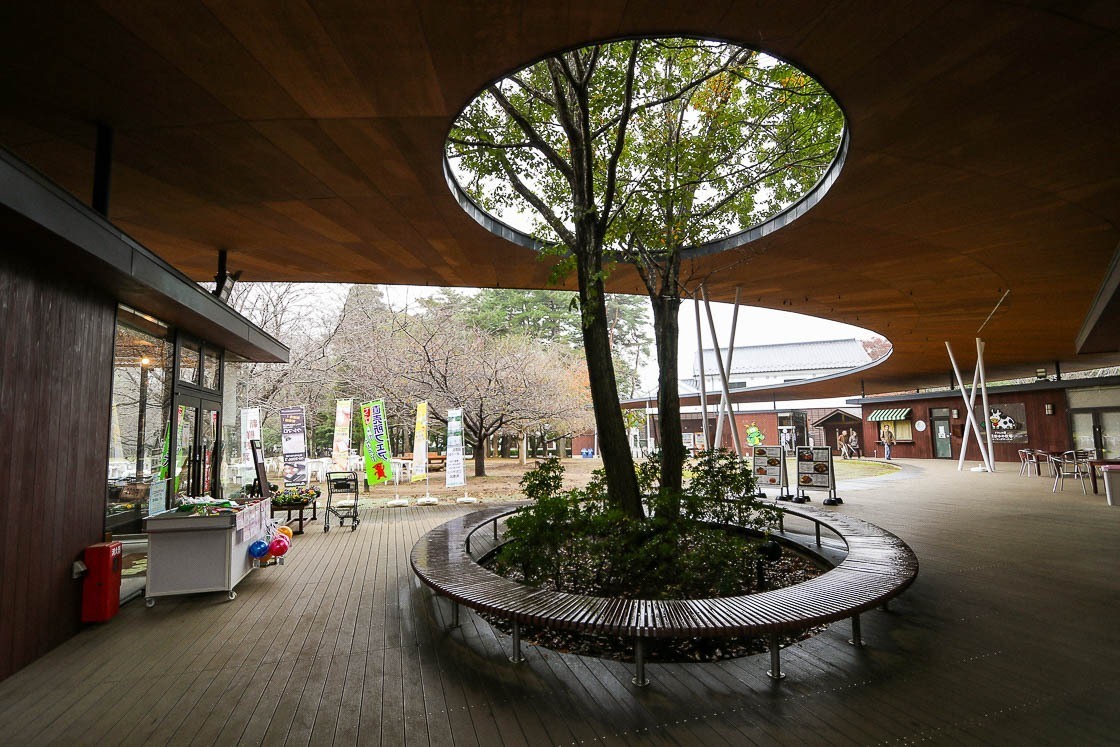
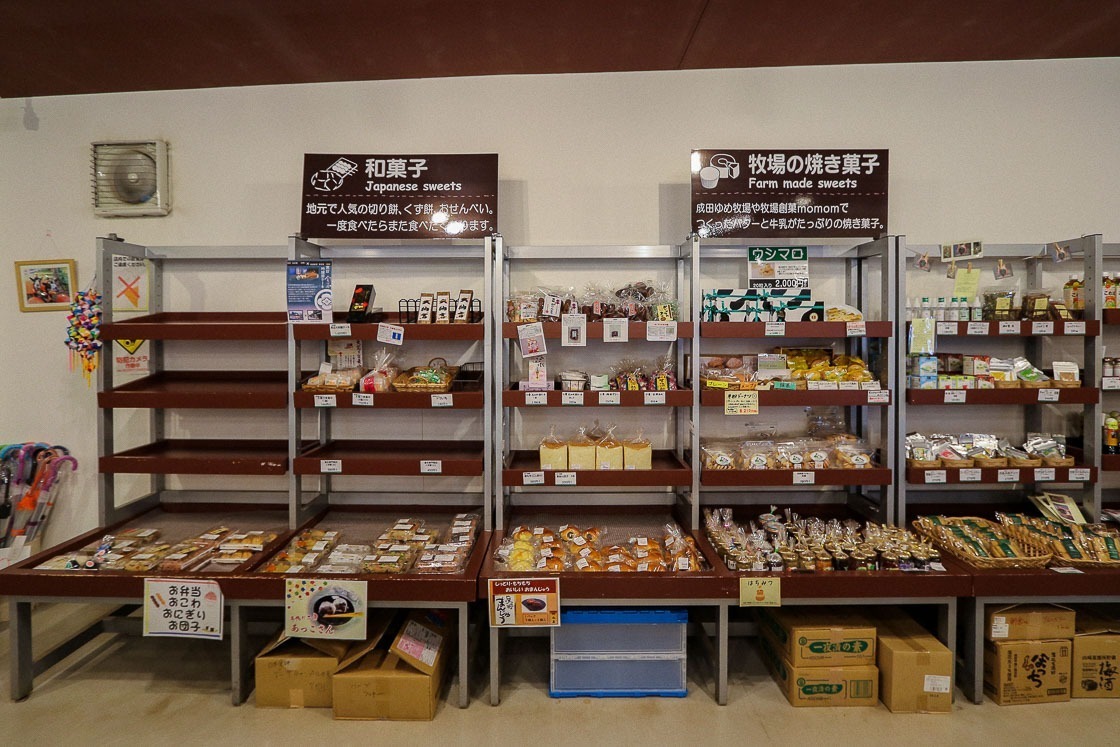
From there I took the bus back to Ajiki Station and began my second half of the trip: a walking tour of the town. I headed along the main road from the station towards the Tonegawa River, one of the top three rivers in Japan. The narrow streets remain as they were from long ago, evident by the lack of pedestrian walkways and narrow road shoulders. Thankfully, traffic tends to not be extremely heavy in that part and I reached my first stop in about 15 minutes.
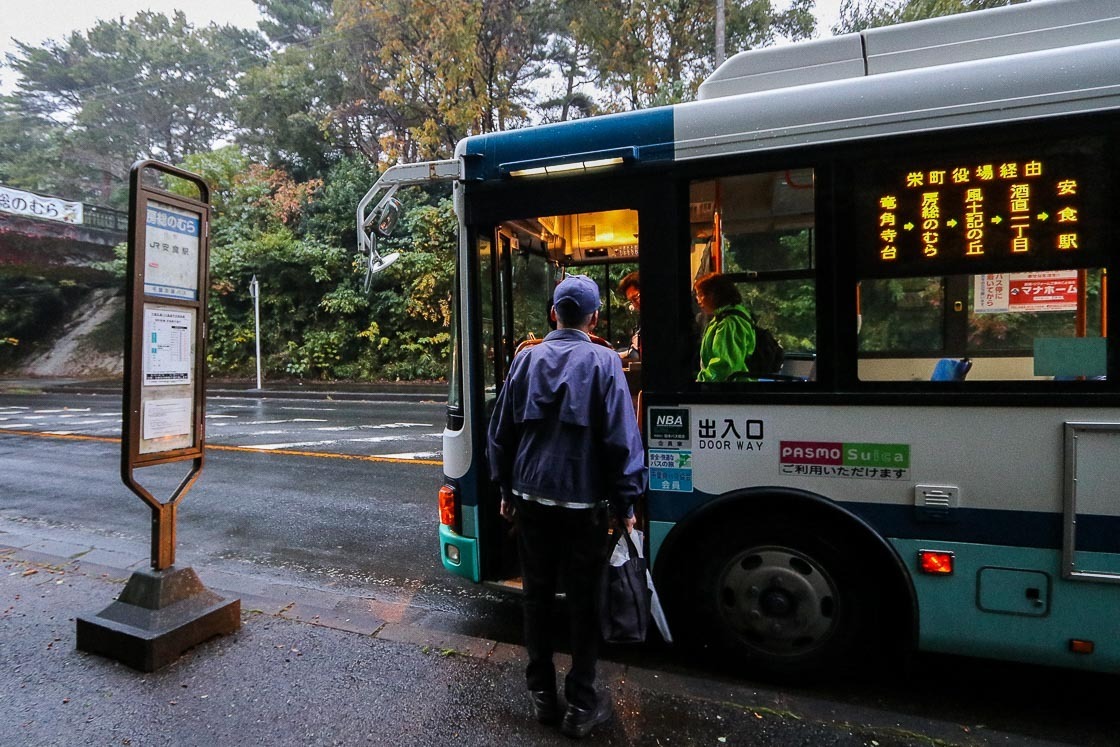
Lunch was at a delicious restaurant, Kanetaya, that was filled with locals having lunch. I wasn't expecting the restaurant to be completely full given how quiet the town was, but there they all were where the good food was. Diners can look forward to enjoying dishes with fish from the Tonegawa River. Set lunch was the popular choice at Kanetaya, and I went for an unagi set and got a side of fresh sardines as well. Dessert was kuromame nama castella, an award winning cake made with a special variety of black edamame beans that are larger than the common green ones.

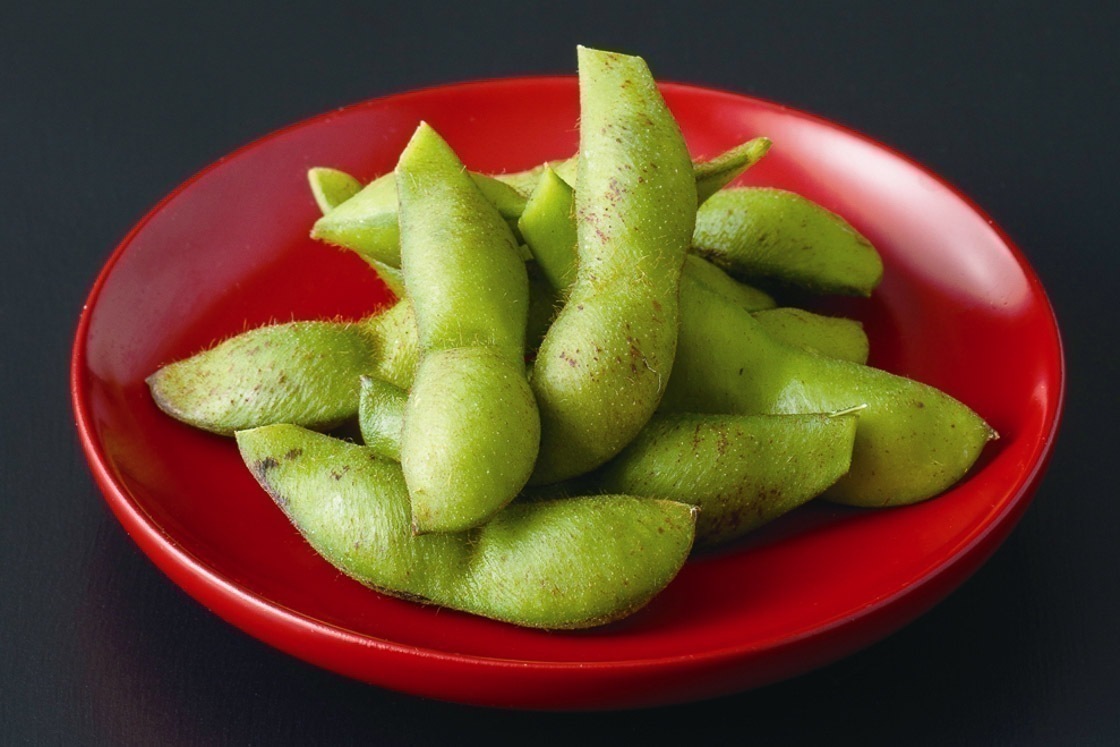
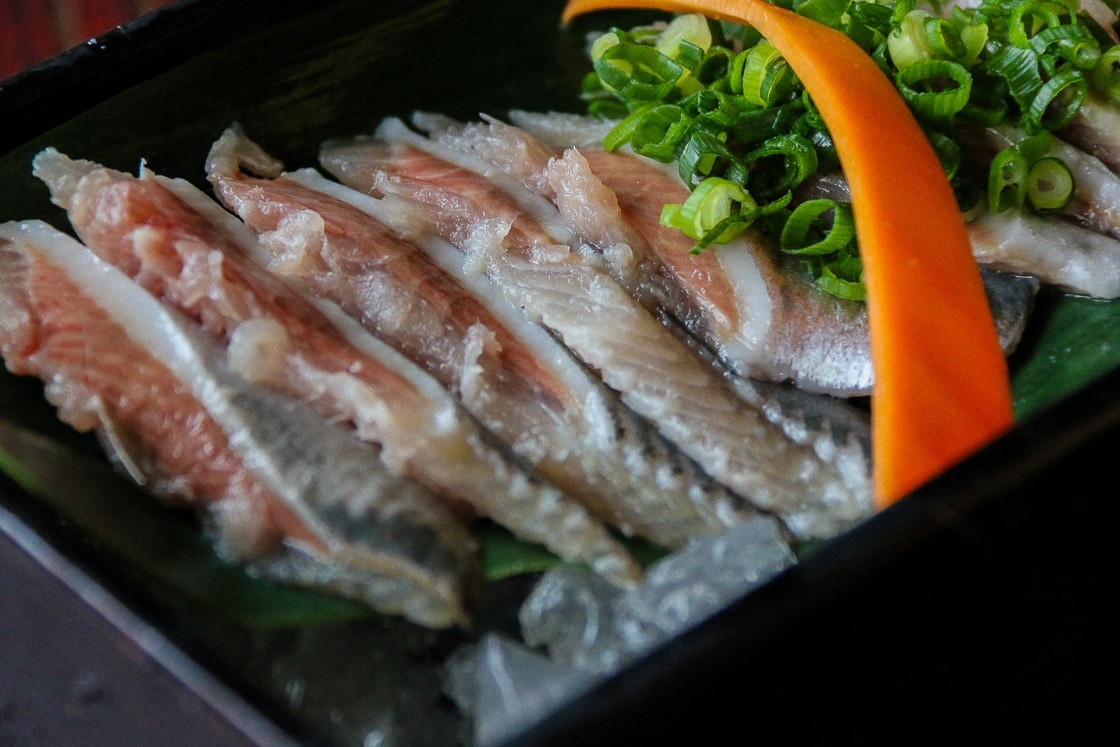

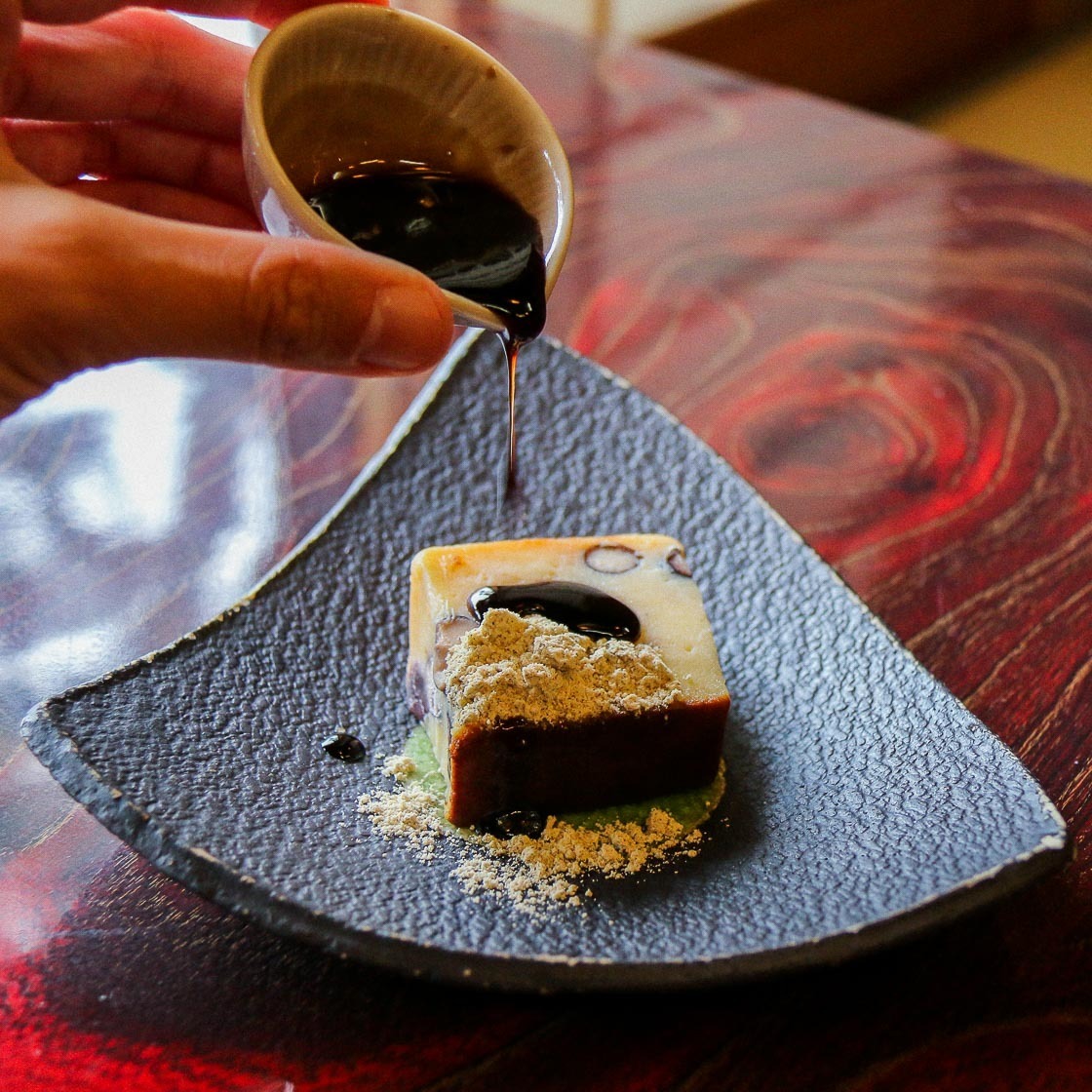
With my stomach filled, I continued my walk towards the Tonegawa River. As one of the major rivers in Japan, the Tonegawa serves an important role in the providing the Kanto Region with water and food. I arrived to the largest bend in the meandering river. Mount Fuji can be seen from here when the weather is good, but unfortunately for me, the skies were overcast when I was there. Fishing and water sports are just some of the popular marine activities available here, as well as cherry blossom viewing in spring, but I was happy with walking along the river and enjoying the slower pace of life.
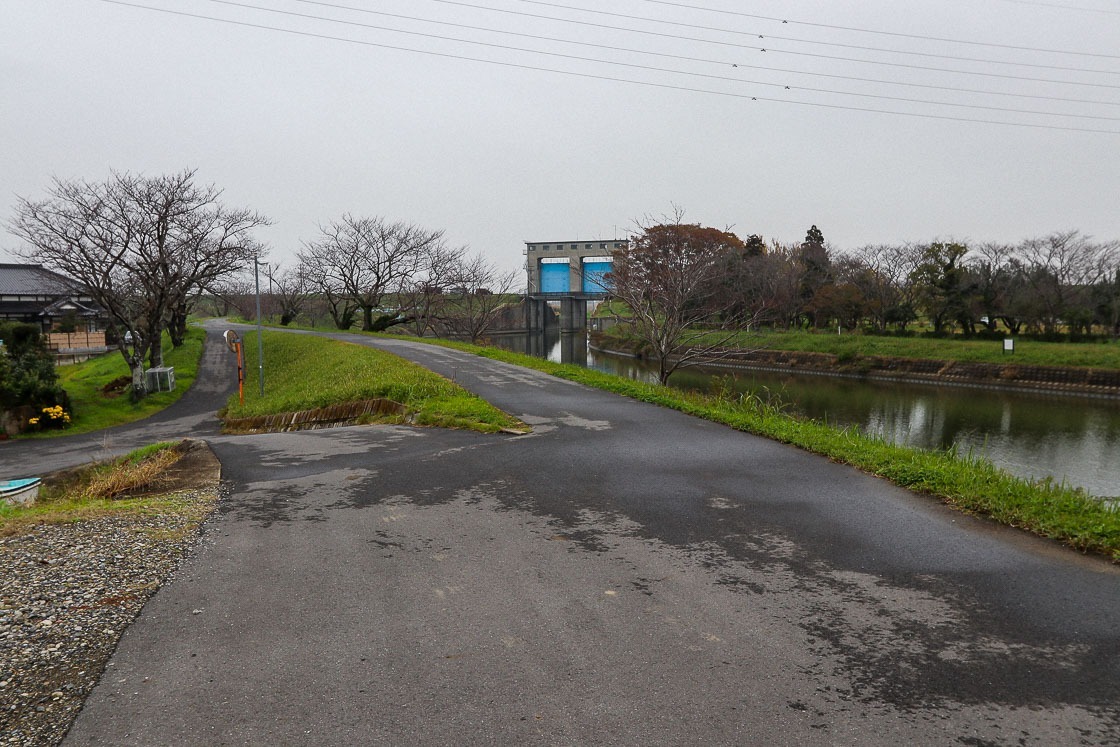
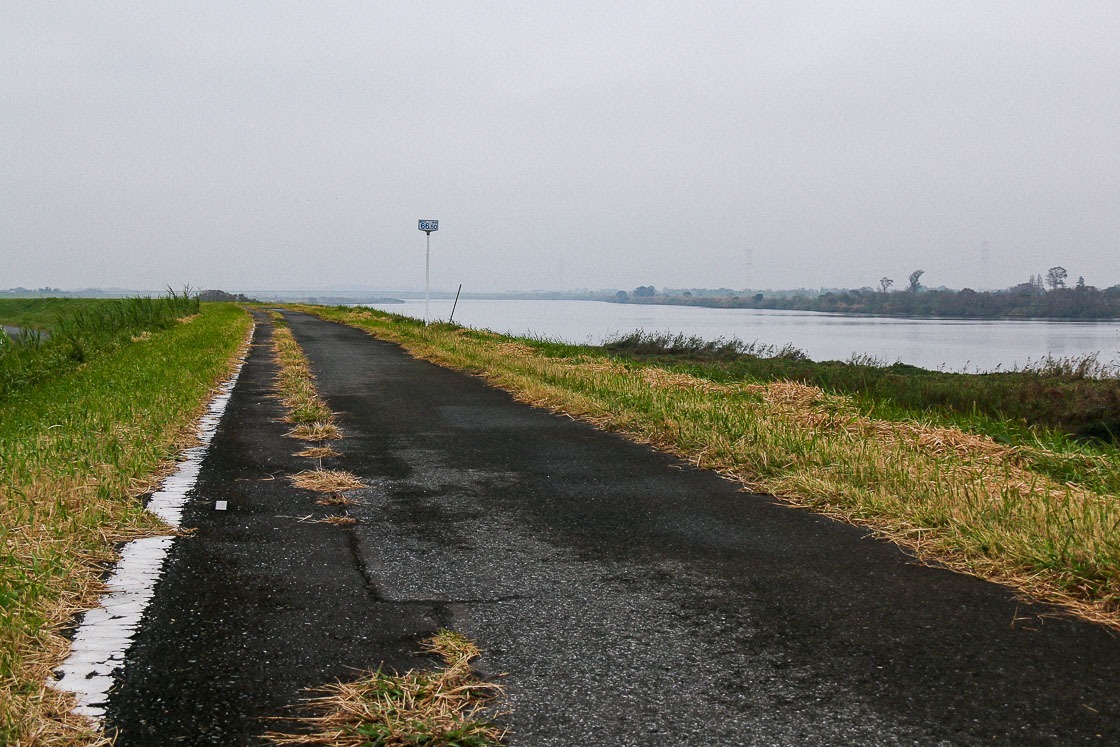
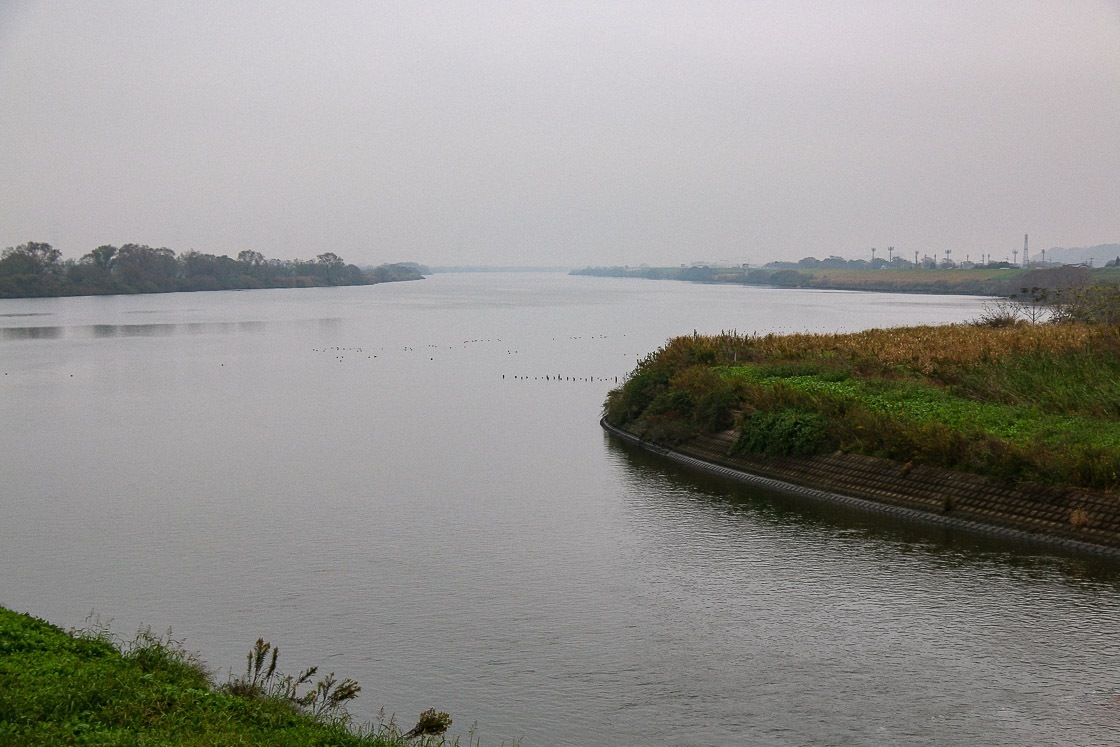
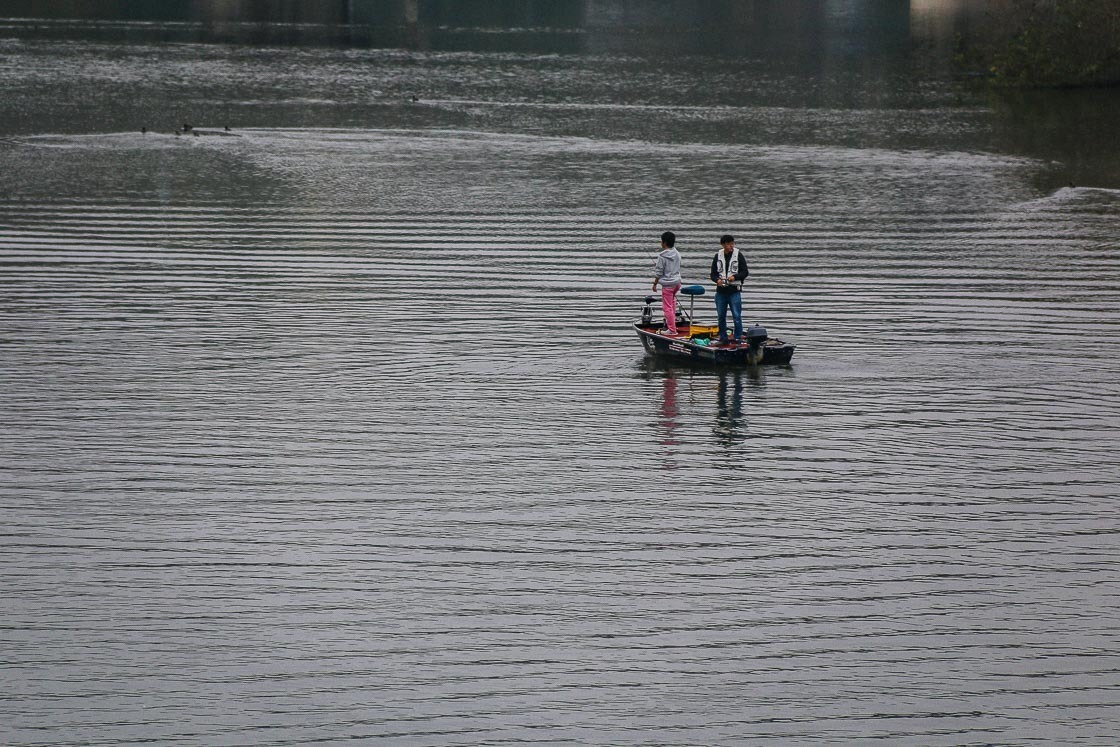
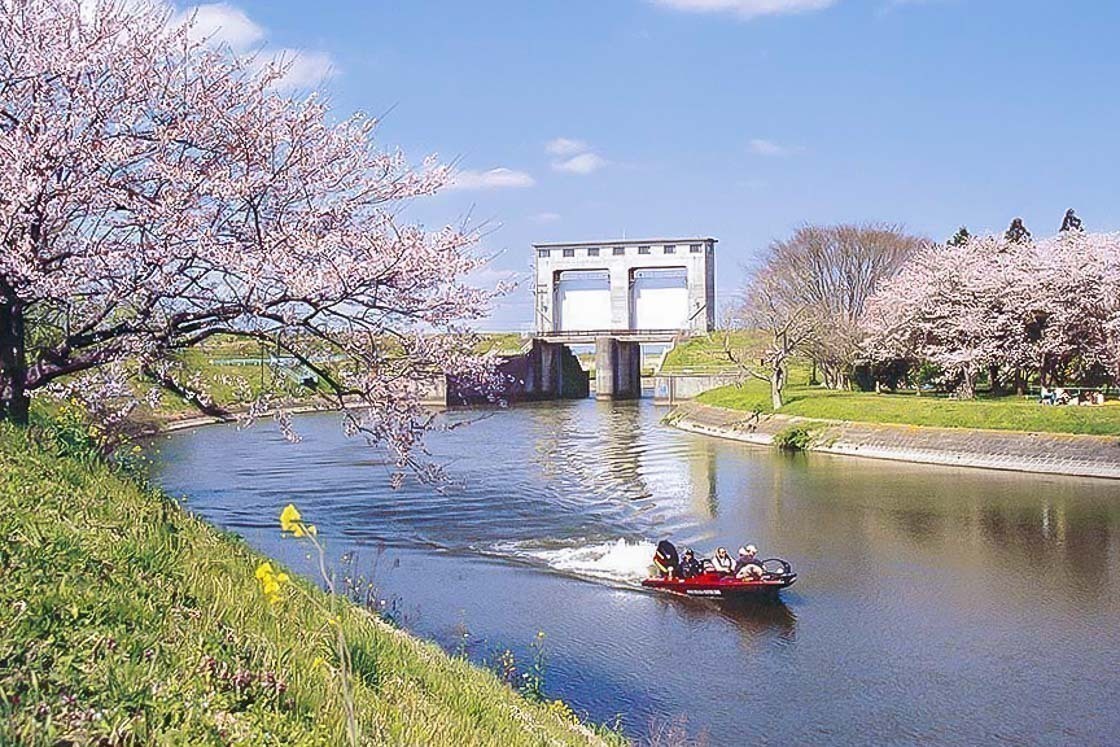
After taking a short stroll around the Tonegawa River, I headed back along the residential streets towards Ajiki Station. I made a stop at Owashi Shrine, a local shrine that supposedly brings good fortune and is also a well-known fertility shrine. The shrine has a long history, but its legacy as a fertility shrine came. Word has it that the third Tokugawa shogun of Japan was born after prayers for a successor were offered here. As an offering of thanks, a gold eagle was commissioned and presented to the shrine and which remains on the ceiling of the main hall. From then, Owashi Shrine became popular as a fertility shrine, drawing visitors from near and far.
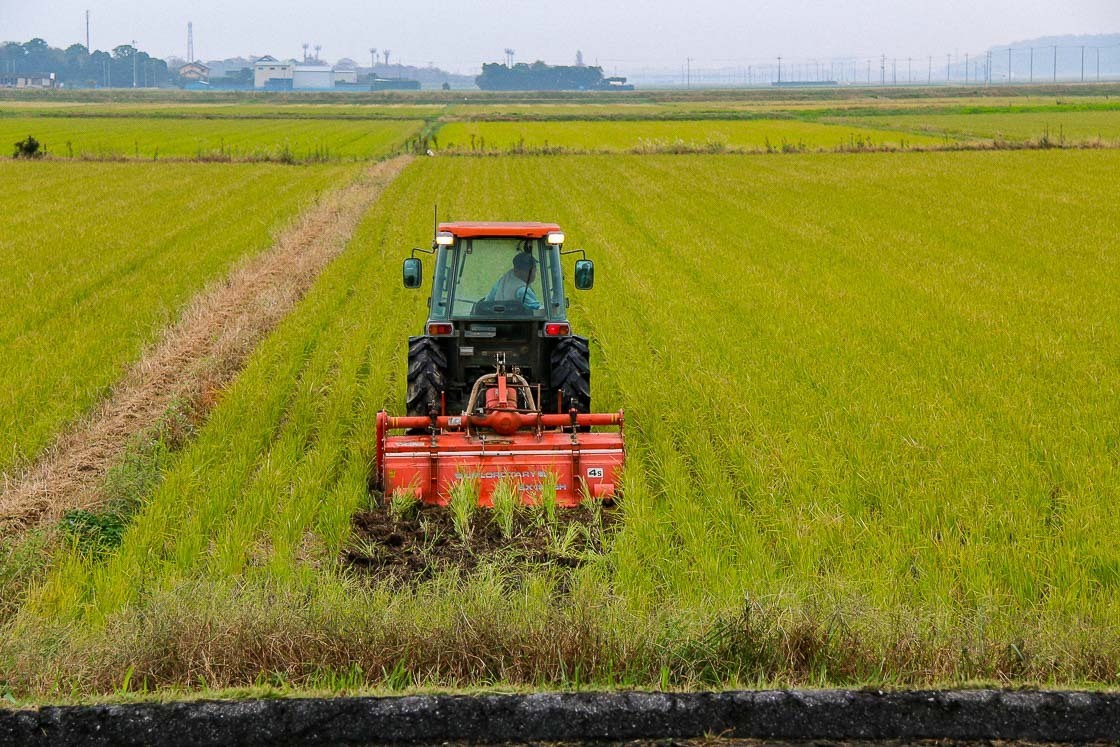

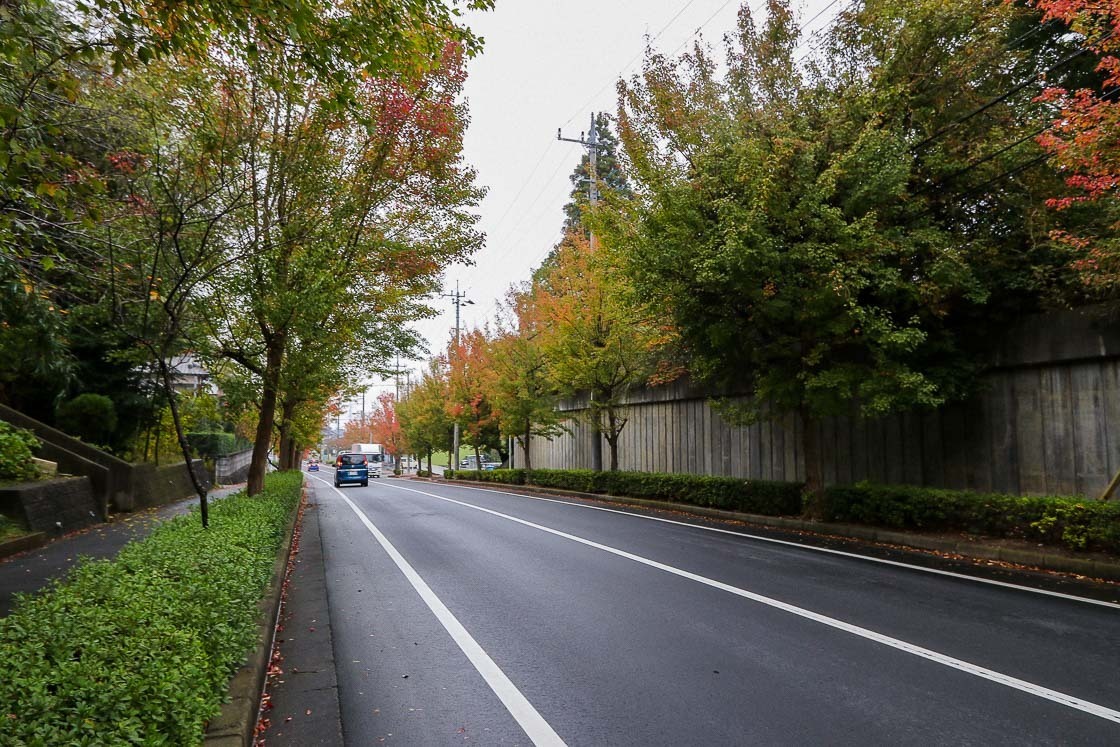
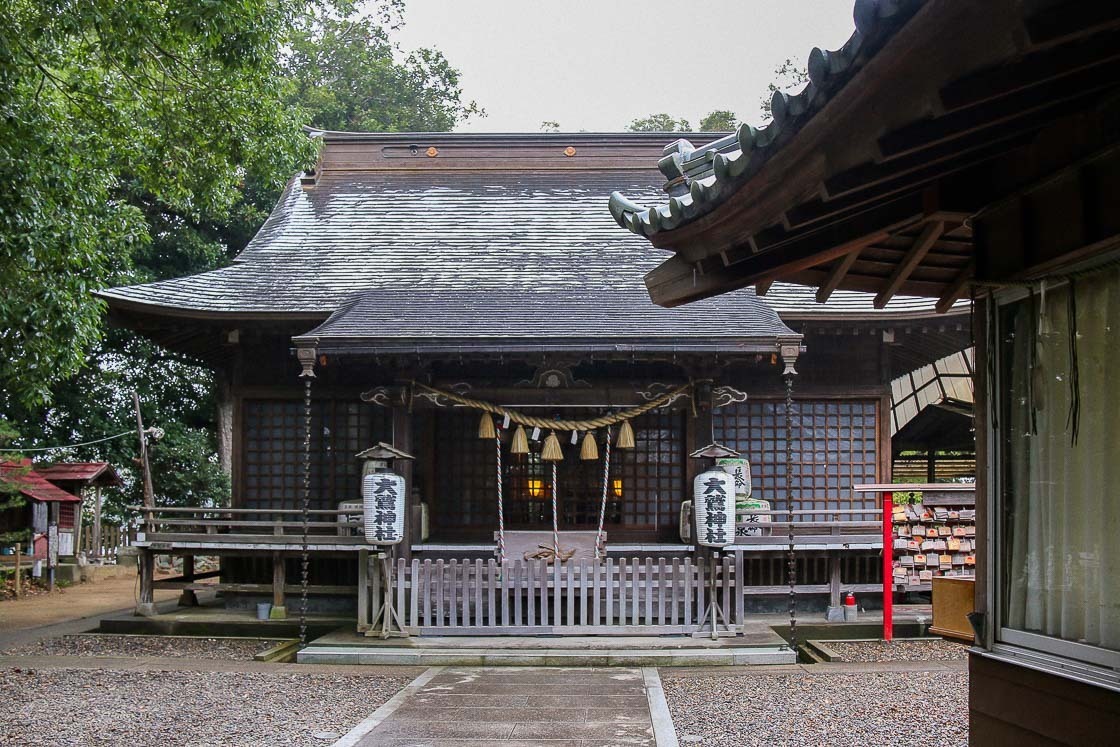
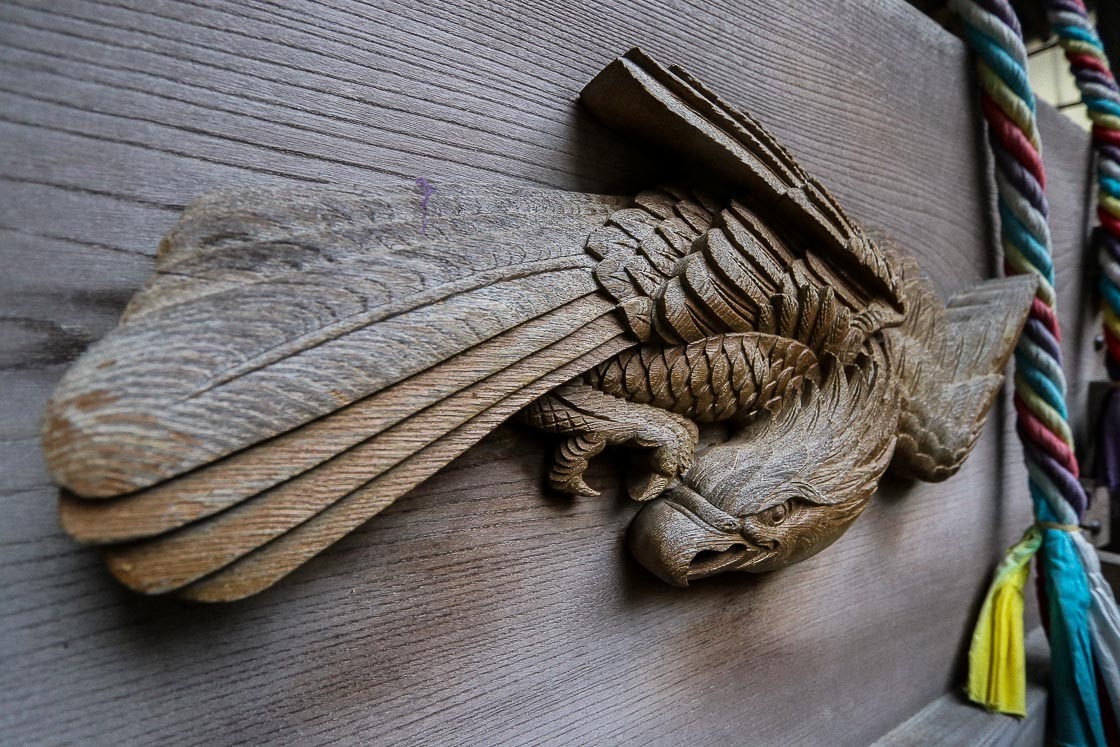
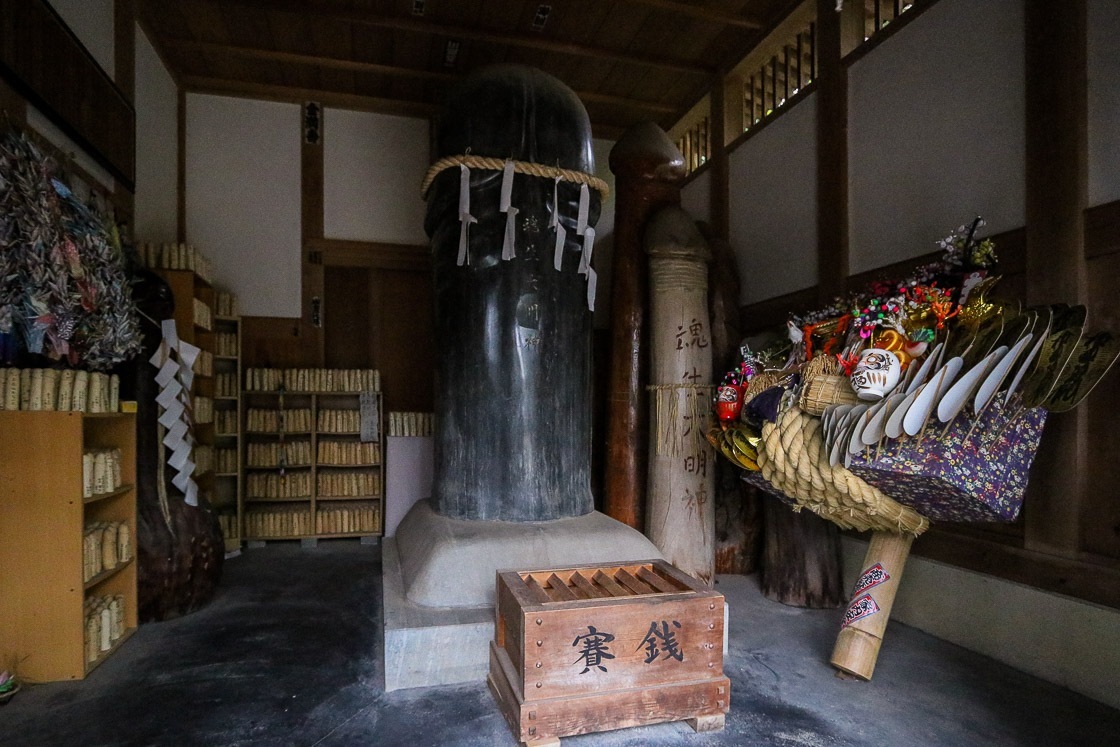
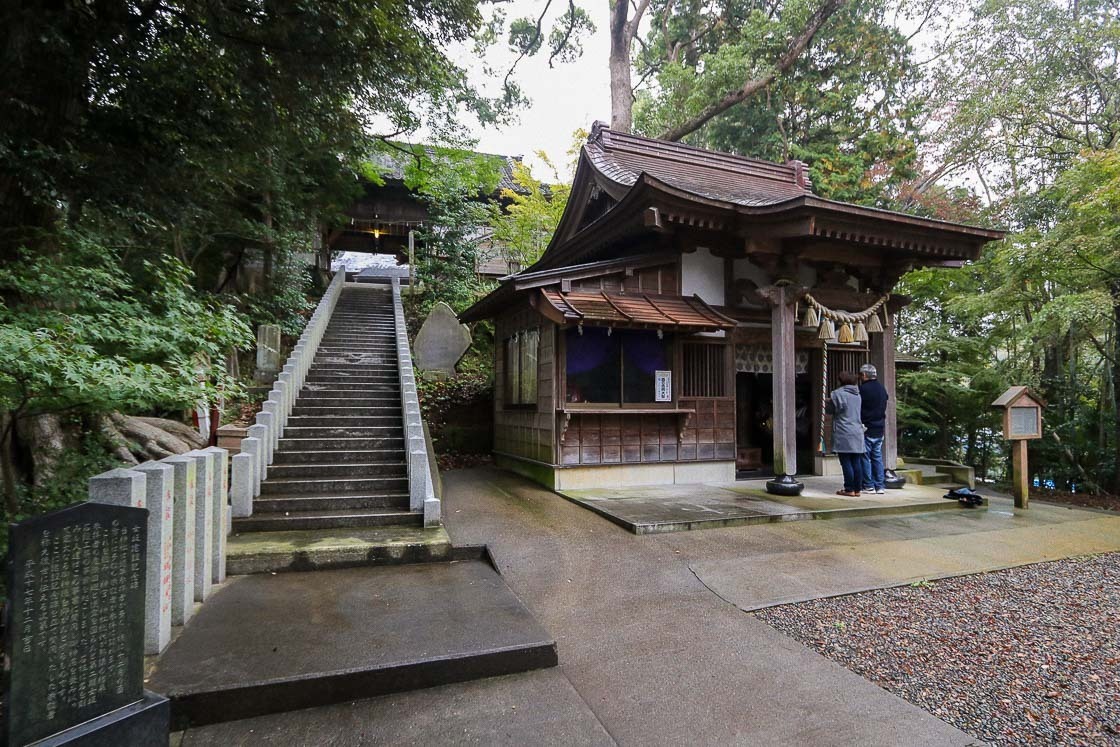
Finally, on my way back to Ajiki Station, I stopped at two established Japanese sweets shops selling some of Sakae Town's best local snacks: owashi monaka which is a hollow wafer in the shape of an eagle containing red bean paste, and triangular kuzukiri which is an arrowroot (kudzu) starch cake served together with bean powder (kinako) and black sugar syrup (kuromitsu). I found that these traditional desserts made for a sweet ending and added to the good memories of my trip to Sakae Town.
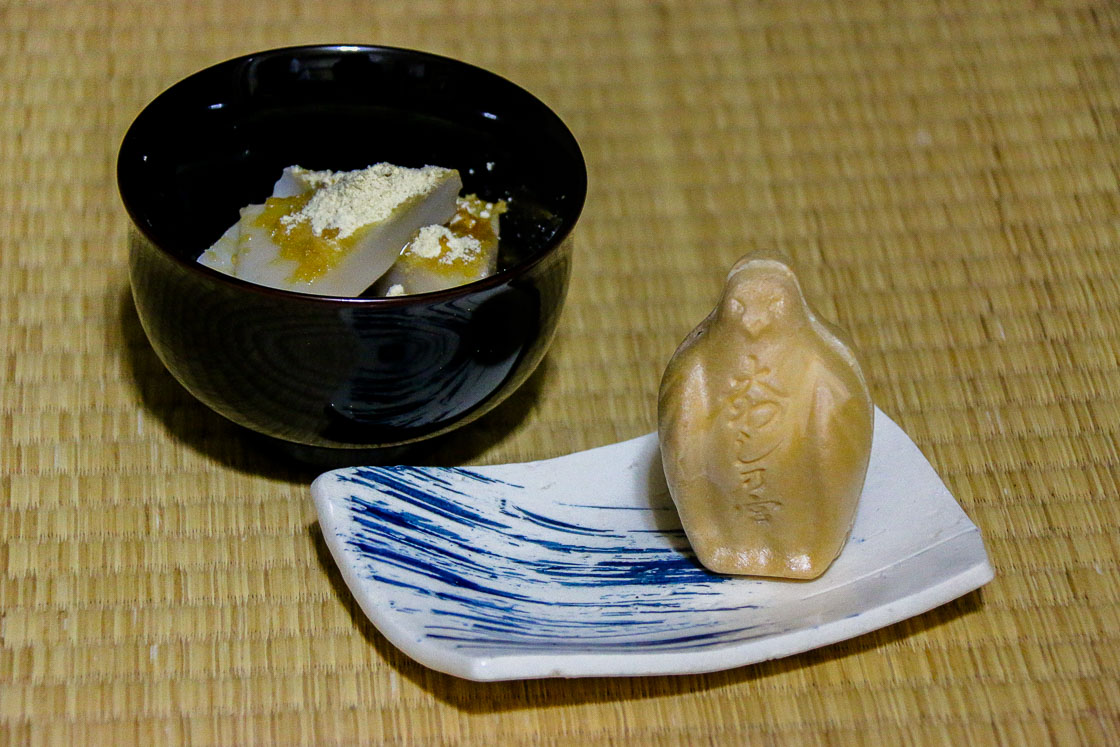
Access
Ajiki Station on the JR Narita Line is the main station serving Sakae Town. The one way journey from Ueno Station in Tokyo, on the JR Joban/Narita Line bound for Narita, takes about 60 minutes and costs 920 yen, or about 30 minutes and 410 yen from Narita Airport, on the JR Sobu/Narita Line bound for Tokyo, with a transfer at Narita to the JR Narita Line bound for Abiko or Ueno.

